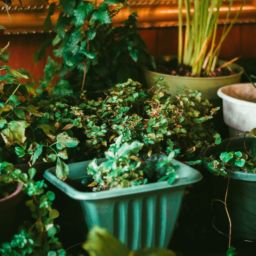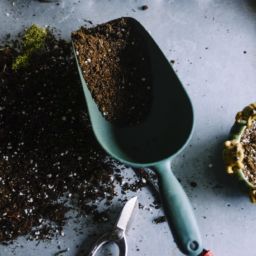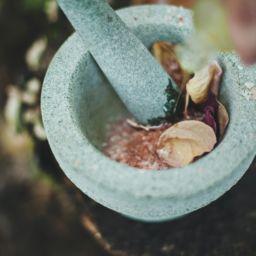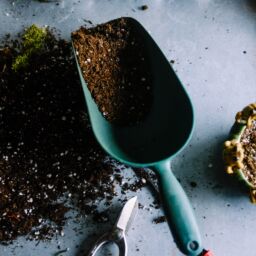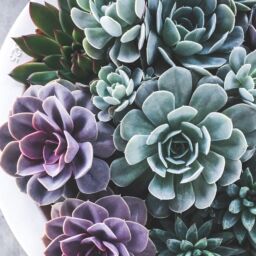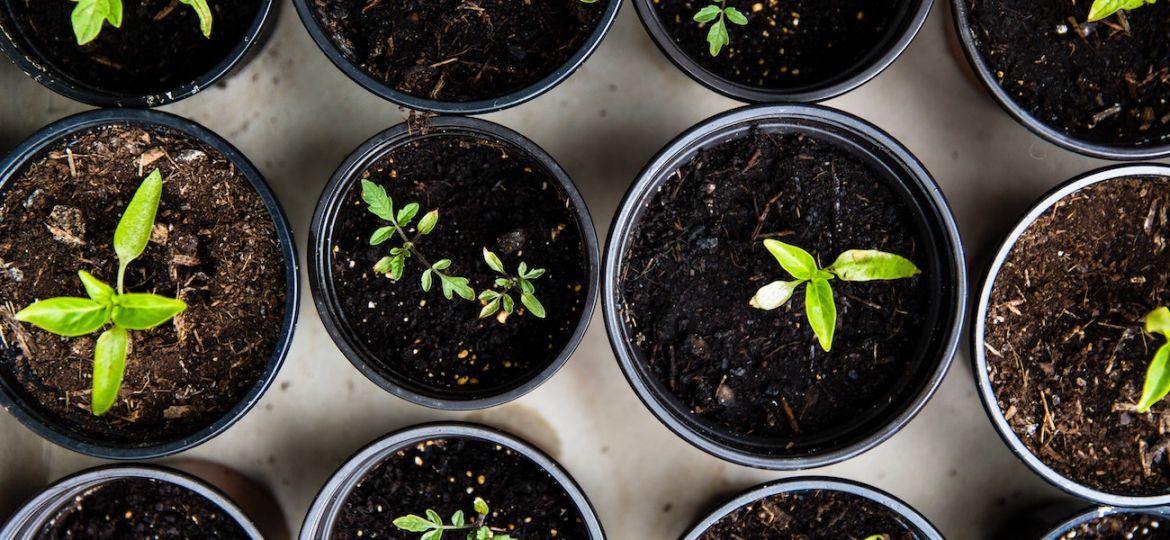
Everyone should grow a garden if they can. It’s relaxing, it’s fun, and the results taste a lot better than anything you’d buy at the grocery store. Plus, Indiana’s hot, sunny summers provide the perfect environment.
First, though, a disclosure: I am a gardening fanatic. If I could, I’d rip up every square inch of sod in every city and replace it with permaculture and food forests. I covered my front lawn with cardboard and raised beds and wood chips, and my opinion on the matter is as unbiased as a death-row prisoner’s pleas of innocence.
Having said that, please grow a garden, anywhere and everywhere you can. You will be amazed at how good it feels to harvest food that you grew yourself. Even if you’re living in an apartment, all you need is a sunny, south-facing window or balcony and a tiny bit of space to get started.
Here’s how to get growing:
Six hours and a few square feet
Six hours of direct sunlight is all you need to grow “full sun” vegetables and fruits, which you can guarantee in a south-facing window, but may need the aid of mirrors to achieve in north- or east-facing locations. Yes, you can hang mirrors the size of the adjacent windows to reflect and increase the amount of light plants get.
If you live in a single-family home, 100 square feet of space is enough to get several hundred pounds of fruit and vegetables harvested annually. Obviously, the more light plants get, the more they will produce, but many varieties of lettuce, spinach, and beets can grow in light shade, such as around the base of a tree. Take advantage of full-sun walls by trellising sun-hungry plants up temporary structures using something nearly-invisible like trellis netting or a painted cattle panel.
If you have doubts about the sunlight your growing space gets, try growing some radishes, which are ready to pick in less than 30 days. If you get beautiful radishes in a month or so, you’ve got enough light to grow anything from lettuce to cucumbers and tomatoes.
Start small and easy with containers
If you kick off your first year of gardening with a quarter acre of plants, you’re setting yourself up to fail. Start with a few containers, which can be anything from fancy porcelain to repurposed pickle buckets with holes drilled in the bottom. You just need 12-18 inches of soil depth and good drainage. Plants like strawberries are perennials, meaning they will overwinter and come back next season, while tomatoes and other hot-weather plants are annuals, which will die back in the cold.
Central Indiana is in growing zones 6a and 5b, so you have a lot of flexibility in your container garden options. From late-April through September, you can grow anything from sweet potatoes to rosemary to zucchini in any container large enough to allow a generous spread of roots.
If you go the bucket route, you can even easily make a DIY self-watering bucket using this tutorial, as containers dry out faster than ground-planted gardens.
Grow food that you actually eat
The most enjoyable way to get into gardening is by way of the “kitchen garden,” because there is no payoff like nurturing a little patch of green and getting to eat it later. A kitchen garden is a great way to divert summer boredom for kids and get them interested in eating vegetables. And, if you, like me, are your own child, it’s much easier to get your vegetables in when they taste as great as homegrown.
Grocery store vegetables have to be perfect, which means they don’t get to ripen on the vine. Picking when perfect also means picking at off-peak flavors, so your homegrown vegetables, whatever they are, will have a more concentrated flavor. If you don’t like radishes, grow French Breakfasts and try them. If you don’t like tomatoes, grow some Sweet Millions and eat them when they’re a deep ruby red. A kitchen garden will make you meet your vegetables all over again, and like ones you thought you hated.
More growing, less mowing.
We hate to break it to you, grass-loving lawn obsessives, but your lawn is bad for the environment. Setting aside lawn chemicals and wasted water, the adolescent state grass is kept in when mowed chokes the life out of the earth it’s growing in. Add in the gas burned to mow and trim it, and you have a steep net environmental loss versus the carbon they absorb.
Replacing a few square feet of lawn with a garden full of beans benefits more than your palate, but it adds biodiversity back to the soil and helps absorb carbon. Once you get that first taste of home-grown beans and herbs from a plot that previously only farmed you for sweat, the rest of your lawn will be begging to be garden space. If everyone swapped a chunk of turf for a square of turned earth, suburbs and cities could start pushing the knob back toward carbon neutrality.
Even container gardeners in apartments are helping, as carbon spent transporting produce to the store adds up. A 10-inch pot of herbs still saves carbon, and that adds up faster than ditching your straws.
Remember that failure is part of the process.
You’re going to kill some plants, and that’s okay. You might get some pests that mow down your broccoli or slugs that eat your kale. That’s also okay, and it happens to seasoned gardeners and newbies alike. All that matters is that you start and enjoy it, so here are our picks for the most foolproof and flavorful gardening picks.
Herbs:
- Purple basil: This super-flavorful variety also blends down into a beautiful purple pesto.
- Greek oregano: It packs a punch, and it often survives both very hot summers and very cold winters.
- Chives: Another overwintering powerhouse, all you do is sow these seeds and come back for more every year.
Vegetables & Fruit
- Bush beans: Unlike their climbing cousins, bush-type beans make a cute little round hedge and can bear anything from standard green beans to purple and golden yellow beans. Wait till mid-May, sow them, water, and wait.
- Green onions: These are early-producing spring veggies (hence the alternate name, “spring onions”) that you can sow in intervals over 3 to 4 weeks in spring and always have a fresh crop for salads and garnishing.
- Strawberries: If you give them good drainage and nutritious soil, you’ll be harvesting strawberries for 5 or more years. They come as bare-root plants and do extremely well in containers and towers.
- Tomatoes: Another container growth all-star, tomatoes do really well in hot weather as long as they get consistent watering. There is truly nothing better than pulling a few grape tomatoes off the vine and popping them in your mouth.
- Hot peppers: Growing peppers is dual-purpose: they taste great, and they keep other animals from munching on your other vegetables. At the end of the season, blend them up into your own housemade hot sauce.
- Radishes: No other vegetable will give you the nearly instant payoff of radishes. Many varieties explode from seed to edible radish in 24 days or fewer, and if that doesn’t get you excited about future harvests, well, it’s back to the hobby drawing board.
Sarah Murrell is a regular Indy Maven contributor.











